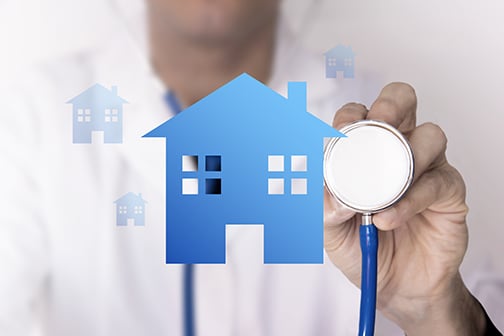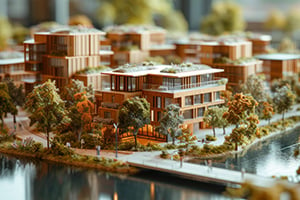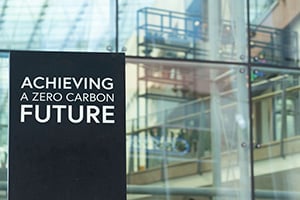By Michael Cichetti, WELL AP
Sustainable Investment Group (SIG)
 Health and Wellness seems to be quite the buzzword these days. Personally, I love my Fitbit which has helped me lose 19 lbs over the last two months. McKinsey and Company has said that wellness is the next trillion-dollar industry, and considering how many people are more conscious of their health today, I believe they are right. “Health and Wellness” is becoming one of the next forms of sustainability for buildings also as the WELL Building Standard is rapidly gaining popularity. As a WELL AP, I am writing to provide you some of the main concepts from the WELL Building Standard that you can use in your everyday life and in the design and operations of your building or buildings.
Health and Wellness seems to be quite the buzzword these days. Personally, I love my Fitbit which has helped me lose 19 lbs over the last two months. McKinsey and Company has said that wellness is the next trillion-dollar industry, and considering how many people are more conscious of their health today, I believe they are right. “Health and Wellness” is becoming one of the next forms of sustainability for buildings also as the WELL Building Standard is rapidly gaining popularity. As a WELL AP, I am writing to provide you some of the main concepts from the WELL Building Standard that you can use in your everyday life and in the design and operations of your building or buildings.
Here are the top 10 things you can easily start incorporating or doing at your building to improve the health and wellness of you and your tenants:
- Air filters – Indoor air quality is one of the most important attributing factors to human health, especially inside of buildings, because humans currently spend about 90% of their lives indoors.
- Use higher quality (MERV 8 or MERV 13) air filters.
- Improve Ventilation – make sure you have adequate air coming into your building because too much CO2 can lead to decreased productivity.
- Clean your water fountains monthly or bi-monthly. Did you know that most Americans spend more than half of their days dehydrated? Clean water fountains are an easy way to encourage people to drink more water.
- Improve eating habits. Provide a nice area at your building to eat indoors or outdoors, and personally, put away your electronic devices when you eat. Studies show that if you are ‘present’ when you eat and focus on your meal, you not only enjoy your meal more, you also tend to eat less. This is because it is much easier to overeat if you are distracted and not aware of the quality and quantity of food you eat.
- Install blinds on your window. The benefit goes both ways. You can control blinds to allow daylight to naturally come into your building, and you can reduce the glare from daylight when the sun is shining directly into your workspace. You might not realize, but when there is too much light, you usually squint your eyes, and this can make you sleepy and less productive.
- Use standing desks. You burn 50 more calories per hour standing than you do sitting. A healthy combination of both standing and sitting is recommended, and many types of adjustable desks are available.
- Stairs – use the stairs, or promote stair usage at your building with signage, natural light, music, or artwork.
- Use smaller plates, bowls, and cups in your cafeteria or at lunch. Psychologically, you tend to eat less and feel more full when you eat on smaller plates. The portions look larger and your brain tricks you into eating or drinking less.
- Eliminate foods and drinks that have more than 30 grams of sugar per serving at your building or in your lunch area. Sugar is very unhealthy, and by eliminating the number of sources of sugar around you, you will consume less sugar.
- Finally, (and partly because I am a millennial, I want to add) sleep pods or multi-use areas. It may sound immature or childish, but there are many medical and practical benefits of naps. Naps are the best alternative to caffeine and drowsiness. Naps can improve your memory, brain function, problem solving abilities, and a host of other things which allow you to be more productive and produce a higher quality of work.
There you have it. Some food for healthy thought. If you are interested in learning more about ways to improve your building and/or health, please leave us a message or question. We specialize in helping you improve your buildings and exceed your sustainability goals. Also, we can help you earn your LEED or WELL credentials. We hope to hear your thoughts/questions and help you with all of your sustainability goals.



